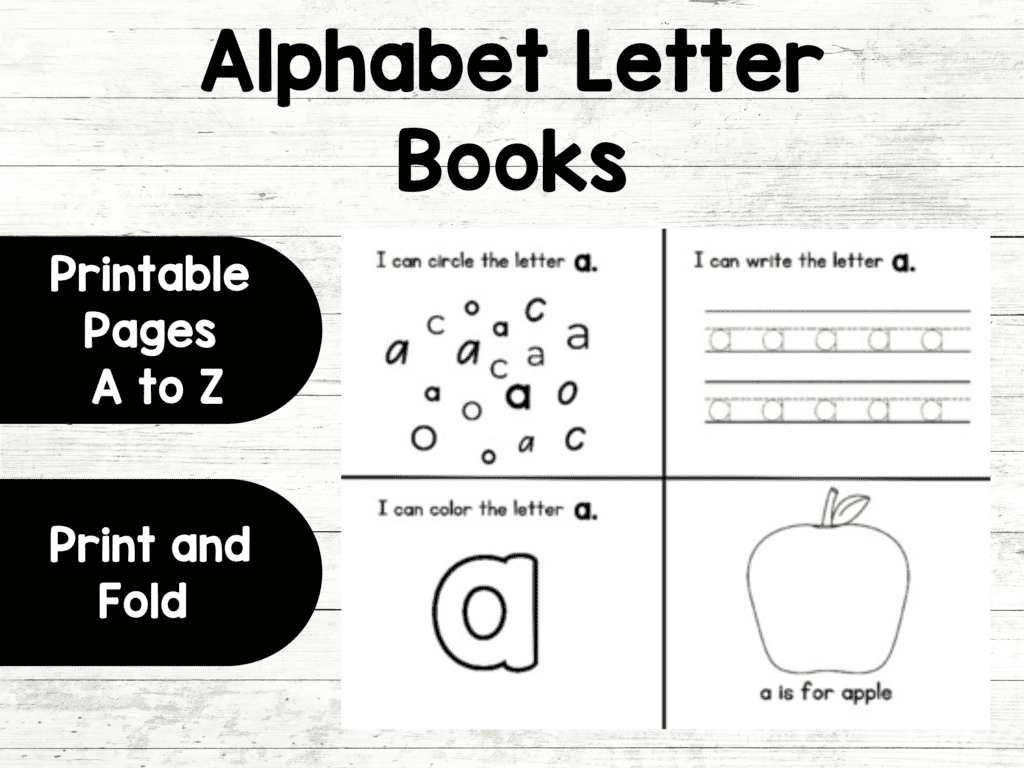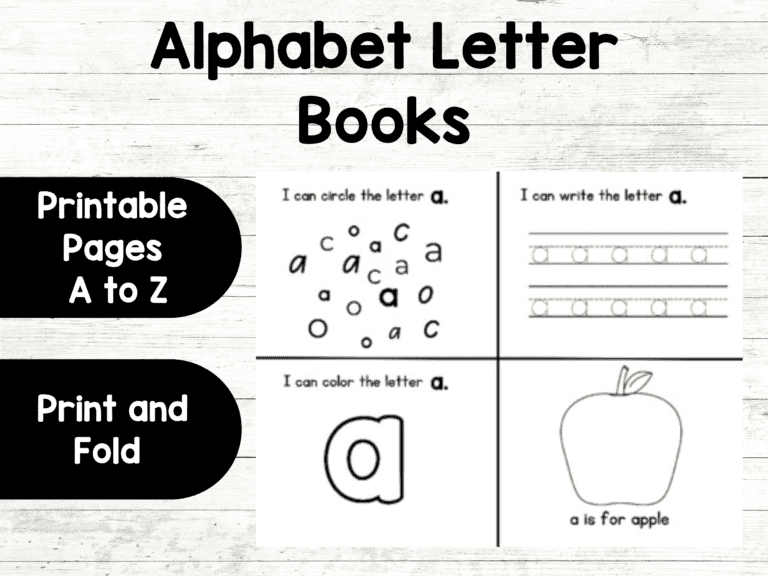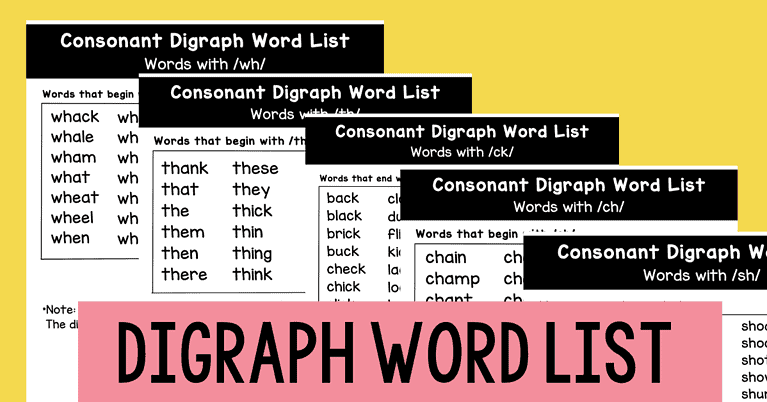This post is all about letter tracing worksheets.
In this post, we are excited to introduce our free printable resource that will help your little ones master writing the alphabet —the Free Letter Tracing Worksheets.
Let’s talk about how to use these worksheets effectively. We will also provide a download link for your convenience and share some useful tips and tricks. Finally, we will explain why letter tracing matters in a child’s early learning journey. Perfect for preschool students or kindergarten students!
*This post contains affiliate links.
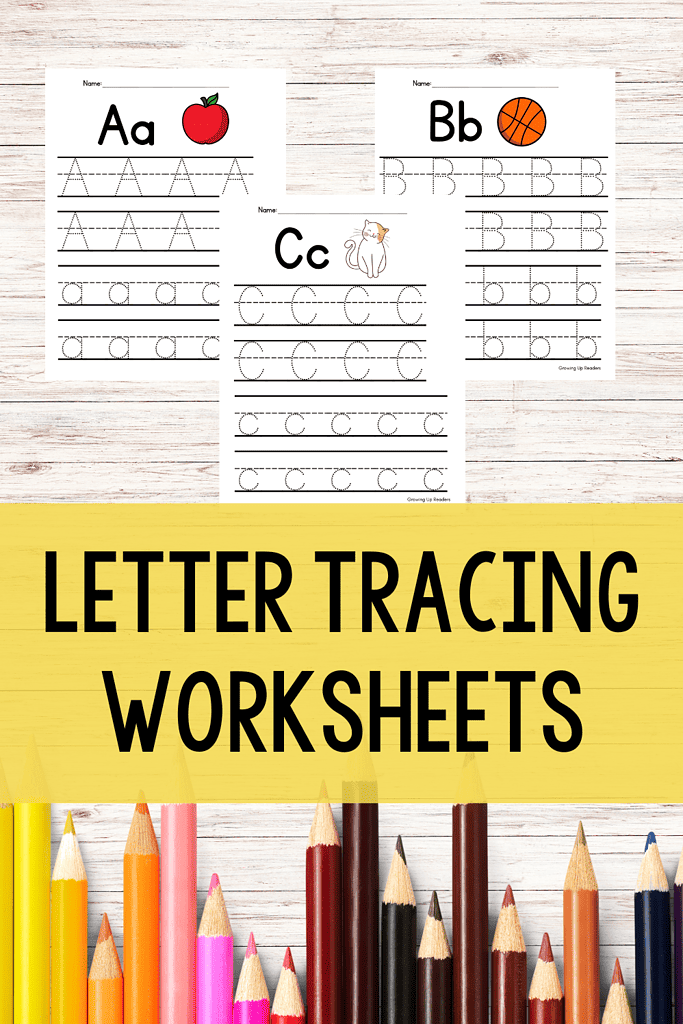
How to Use Letter Tracing Worksheets
Using letter tracing worksheets is a simple but effective way to introduce young children to the letters of the alphabet and develop their handwriting and fine motor skills. Here’s a step-by-step guide on how to make the most of these worksheets:
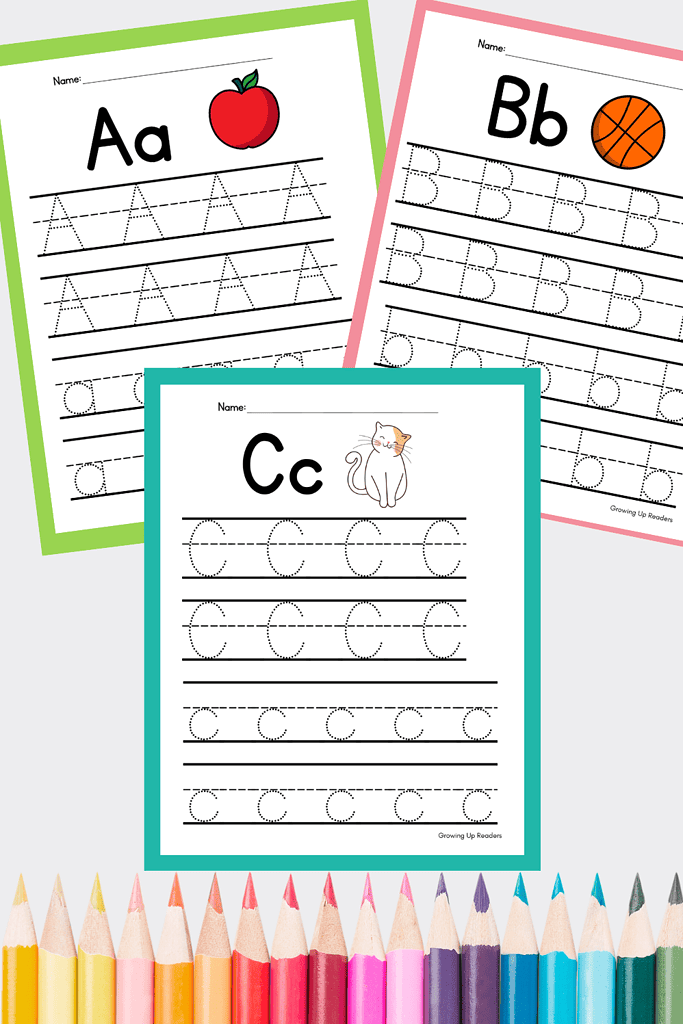
- Go From A to Z: Our alphabet tracing worksheets cover the alphabet from A to Z. Begin by helping your child trace uppercase and lowercase versions of each letter. Feel free to do the worksheets in alphabetical order or simply pull whatever worksheet you need to target the letter you are working on. Unsure if you should teach uppercase or lowercase letters first? Check out our post about teaching uppercase or lowercase letters here.
- Demonstrate Proper Technique: Show your child how to hold a pencil or crayon correctly. Here’s a helpful guide on proper pencil grip. Guide them through the process of tracing each letter, emphasizing fluid and controlled movements. Please encourage them to take their time.
- Reinforce Letter Learning: There are so many other ways to work on letter formation! It doesn’t have to always be tracing letters on pencil and paper. Consider incorporating these fun activities alongside the worksheets: Practice letter formation in a fun way – use sand, finger paint, shaving cream, or sensory trays. Extra practice will lead to strong fine motor skills and reinforces letter recognition.
Download Letter Tracing Worksheets Here!
Here is what is included in the download (PDF file):
- 26 pages of both lowercase letters and uppercase letters
- Picture clues at the top to reinforce letter-sound relationship
- Each page includes one letter of the alphabet
Tips and Tricks for Letter Tracing
Here are some helpful tips and tricks after you download the free printable preschool worksheets above.
- Encourage Regular Practice: Consistency is key! Make writing letters a part of your daily routine. Set aside dedicated time each day for letter tracing and letter writing activities. By establishing a routine, you’ll help your child develop good handwriting habits and make steady progress.
- Use In Literacy Centers or Morning Work: These free printable worksheets are perfect to use in different types of literacy centers. They are a great way to practice letters with your little learners.
- Make it Reusable: If you are hoping to make these letter worksheets durable and reusable, consider inserting them into clear plastic protector sleeves or dry erase pocket sheets. Grab a dry-erase marker and you are good to go!
- Keep it Fun and Engaging: Make letter tracing enjoyable by incorporating games, songs, and stories. You can create a letter treasure hunt, sing the alphabet song together, or read alphabet-themed books. By turning learning into play, you’ll keep your child motivated and eager to participate.
- Monitor Progress: Regularly assess your child’s progress to identify areas for improvement and to track their growth. Keep a record of their work and compare their tracing skills over time. This monitoring will allow you to adapt your teaching approach accordingly and celebrate milestones together.
Why Letter Tracing Matters
Letter tracing serves as a vital foundation for a child’s overall development. Here’s why it matters:
- Fine Motor Skills Development: The controlled movements required during letter tracing exercises help refine a child’s fine motor skills, enhancing hand-eye coordination and finger dexterity. These skills are crucial for future activities like writing, drawing, and even self-care tasks.
- Letter Recognition and Phonics: Tracing letters on these ABC worksheets repeatedly aids in letter recognition, as children become familiar with the shape and structure of each letter. It also facilitates the association between letters and their corresponding sounds, promoting early literacy and phonics development.
- Handwriting Readiness: Letter tracing serves as a precursor to handwriting, helping children gain confidence and control in forming letters correctly. By mastering the correct letter formation, children are better prepared for writing tasks as they progress through their educational journey.
- Cognitive Development: As children engage in tracing activities, they develop cognitive skills such as concentration, focus, and problem-solving. Additionally, tracing reinforces letter-symbol relationships, expanding their vocabulary and language comprehension.
Looking for More Alphabet Fun? You May Also Like…
